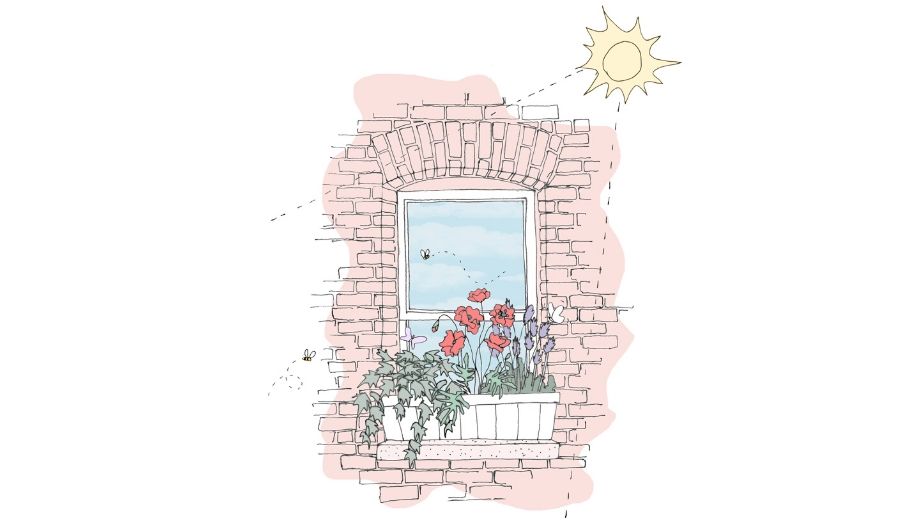Rewild My Street, the design-led campaign led by London Met’s Siân Moxon, was showcased in the celebrations.
Date: 14 September 2020
Rewild My Street, a design-led campaign to transform urban homes, gardens and streets for wildlife, was chosen as one of 100 Voices marking the capital’s one-year anniversary as the world’s first National Park City. The project was founded by Siân Moxon, Senior Lecturer at London Met’s School of Art, Architecture and Design, and Environment Champion for Empowering London.
The online event showcased individuals working to make London greener, healthier and wilder to meet the aspirations of the National Park City charter, launched by the Mayor of London at City Hall in July 2019. Siân’s presentation charted Rewild My Street’s progress since winning London National Park City’s design-ideas competition in 2017. The idea has developed into a successful research project, attracting recognition through awards and media coverage, with a dedicated website and social media platforms to help city residents adapt their homes and community spaces for wildlife.
The website combines visionary drawings showing how a typical London street adapted for wildlife could look with practical design advice to help people integrate wildlife features into an urban setting. These resources form a toolkit, recommending off-the-shelf products and step-by-step activities to attract wildlife, and expert information on urban species and habitats to highlight the value of these actions. People signing up to the website receive a free ‘Wild Makeover Guide’, featuring five illustrated rewilding activities, and a monthly Wild Makeover tip, and can contribute to the community forum.
Rewild My Street seeks to reverse the alarming trends of biodiversity decline and loss of urban greenery, while promoting city dwellers’ health and wellbeing through contact with nature. London loses the equivalent of 2.5 Hyde Parks of greenspace per year as residents pave over front gardens, fell trees and lay artificial back lawns. This significantly impairs the habitat value of streets - at a time when over 40% of UK species are in decline, and 15% are extinct or facing extinction. With gardens covering a quarter of London and connecting other green spaces, such as parks and allotments, improving them for wildlife could make a real difference, and support the Mayor of London’s target to increase green space and tree cover in the capital by 2050.

